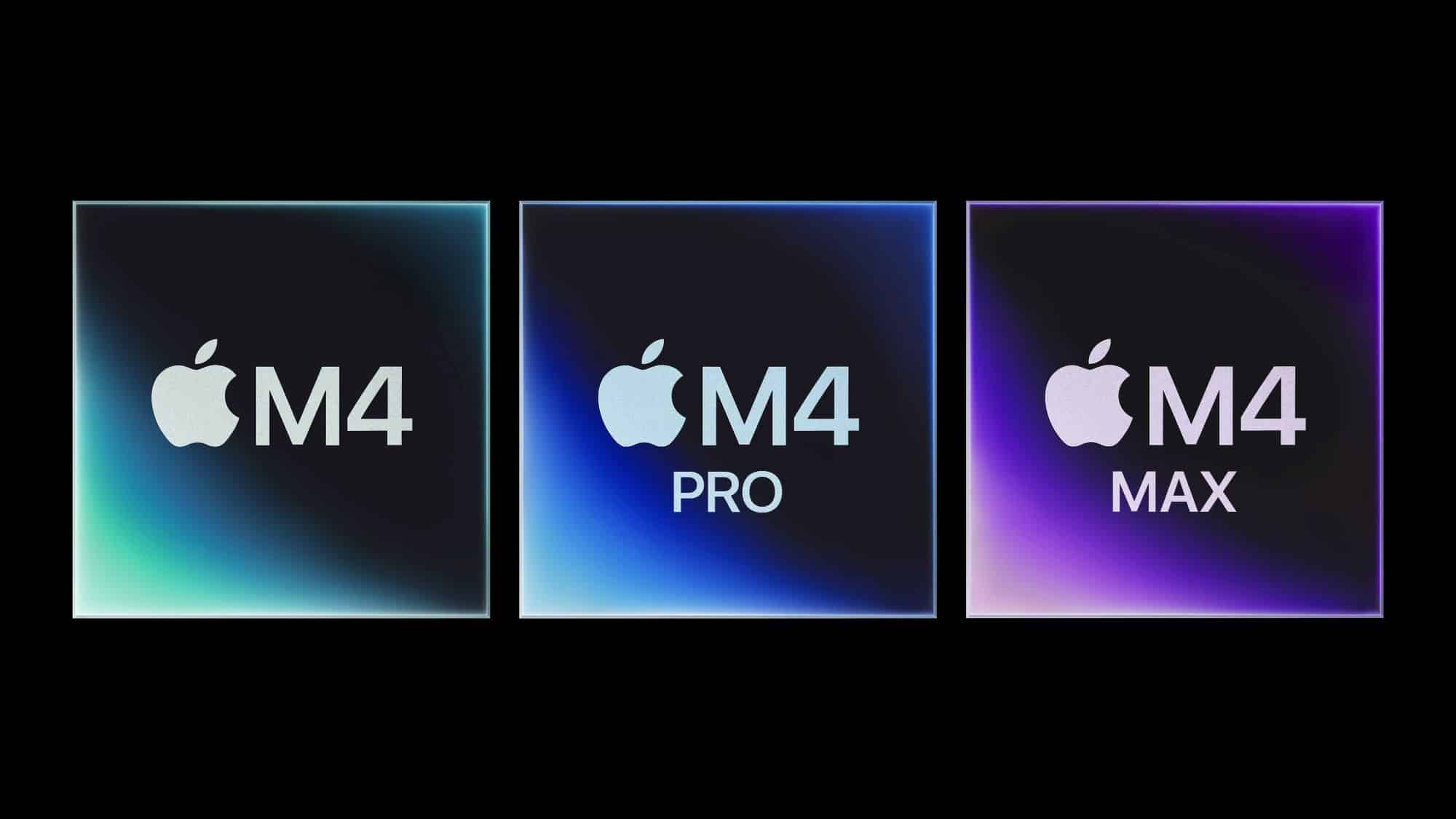Sure! Here’s the translation to American English:
—
In the world of technology, there are decisions that may seem small at the time but ultimately end up transforming entire industries. One such decision occurred in 2011, when Apple, in the midst of expanding its product ecosystem, had to choose between Intel and TSMC to manufacture the chips that would power future iPhones, iPads, and Macs.
What few know is that the scales were almost tipped in favor of Intel, which could have completely changed Apple’s trajectory and its leadership in semiconductors. However, Morris Chang, the founder of TSMC, made an unexpected move: he personally traveled to Cupertino to convince Tim Cook that betting on Intel would be a mistake.
That meeting at Apple’s offices marked a turning point in the industry. The alliance with TSMC allowed Apple to develop increasingly powerful and efficient chips, culminating in the revolution of Apple Silicon, leaving Intel out of its ecosystem.
This is the story of how a conversation changed the course of technology.
An Apple Without Samsung: The Search for a New Manufacturer
In the early 2010s, Apple had already begun its journey in designing its own chips. The A4, which debuted in the iPhone 4, was the first major indication of the company’s ambition: it wanted to develop its own technology without relying on third parties.
However, despite designing its processors, Apple relied on Samsung, its main competitor in the smartphone market, for manufacturing. With growing tensions between the two companies, Tim Cook decided to seek a new partner who could manufacture the chips without conflicts of interest.
This is where Intel and TSMC come into play.
- Intel, a company with decades of experience in chip manufacturing, was already the supplier of processors for Macs. Its production capacity and reputation made it a solid choice.
- TSMC, on the other hand, was a Taiwanese foundry specialized in manufacturing chips for third parties. It didn’t have Intel’s renown, but it offered neutrality and flexibility, as it did not compete directly with Apple.
Initially, Intel was the preferred option. Tim Cook even paused negotiations with TSMC for two months to evaluate Intel’s offer. But Morris Chang was not willing to give up the deal without a fight.
Morris Chang and His 10,000 Kilometer Journey to Convince Apple
At the age of 80, Morris Chang knew that this deal would define the future of TSMC. So he made an unusual decision for a CEO of his age: to personally travel to Cupertino to meet Tim Cook.
Chang’s argument was direct and compelling:
- Intel manufactured its own chips and competed in the market, meaning Apple would always be just another customer, without priority in production.
- TSMC, on the other hand, was dedicated exclusively to manufacturing for third parties, ensuring that Apple would have total control over its production without worrying about conflicts of interest.
- Intel had no experience as a foundry, as it had always designed and manufactured its own chips. In contrast, TSMC had been perfecting its manufacturing model for clients like Apple for years.
Tim Cook understood the key difference: Intel wanted Apple to fit its conditions, while TSMC was willing to adapt to Apple’s needs.

This was the key that sealed the final decision: Apple would bet on TSMC.
The Rise of Apple and the Fall of Intel
From that moment on, Apple and TSMC formed one of the most successful alliances in tech history.
In 2014, Apple asked TSMC to make a radical change in its production: instead of adopting the standard 16-nanometer process, they wanted a special 20-nanometer node for the A8 chip. Despite the technical and economic challenges, TSMC accepted, demonstrating its total commitment to Apple.
This solidified the relationship between the two companies. By 2016, Apple completely stopped relying on Samsung and placed its trust exclusively in TSMC to manufacture its chips.
Meanwhile, Intel was left out of Apple’s ecosystem. In 2020, Apple announced it was abandoning Intel chips in its Macs in favor of Apple Silicon, a line of internally designed processors manufactured by TSMC.
The result has been a technological revolution:
- Greater performance and energy efficiency in Macs with M1, M2, and M3 chips.
- Greater integration between hardware and software, something Intel could never offer.
- Leadership in the semiconductor industry, with Apple securing priority production of TSMC’s most advanced chips.
Today, Apple represents between 23% and 26% of TSMC’s annual revenue, solidifying its status as TSMC’s most important customer.
What Would Have Happened if Apple Had Chosen Intel?
If Apple had opted for Intel in 2011, the technological landscape would be very different:
- Less Independence: Apple would have continued to depend on Intel, unable to optimize its chips for its ecosystem.
- Less Efficient Macs: Macs would still be using x86 chips instead of Apple Silicon’s ARM architecture.
- Slower Innovation: Apple wouldn’t have had total control over the development of its hardware, which could have slowed its growth.
Apple’s success in recent years is not only due to its chip design but also its ability to control the entire production chain, something it would not have achieved with Intel.

Conclusion: The Decision That Defined the Future of Technology
Morris Chang’s trip to Cupertino in 2011 was not just a business meeting but a moment that defined the future of Apple and the semiconductor industry.
Today, Apple continues to dominate the market with its custom chips, while Intel has fallen behind in the race for efficiency and performance.
This story serves as a reminder of how a strategic decision at the right moment can redefine an entire industry.
Sources
via: Apple News
—
Let me know if you need any more help!

